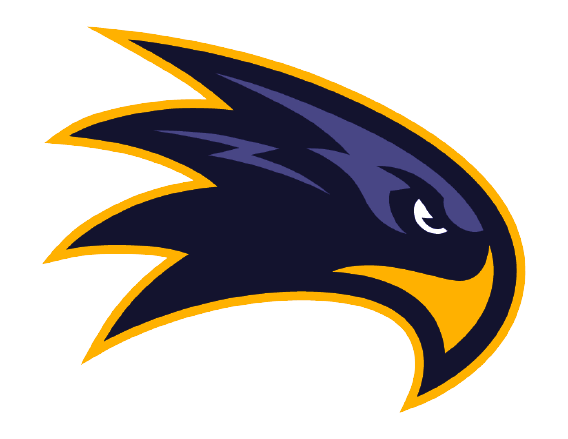TCP/IP and OSI models
Let's talk about fundamentals of network TCP/IP and OSI models. Let's keep in mind that each layer has its own protocol which will be listed below. The first difference at glance is that TCP model consists of 5 layers versus 7 in OSI which are:
Application , Transport, Network , Data-link, Physical vs Application, Presentation, Session, Transport, Network , Data-link, Physical
Application layer - provides interface communication between software and applications that need to communicate.
Presentation - defines and negotiates data formats. Also includes encryption.
Session layer - defines how to start, control and end the sessions, also includes messages management.
Protocols: Telnet, FTP, DNS, TFTP , etc.
Transport - provides data delivery error recovery and flow control.
Protocols: TCP, UDP.
Network - defines addressing, forwarding and path determination.
Protocols: IP, ARP, RARP.
Data-link layer - defines the rules when the device can send data to the particular medium.
Physical - sets the standards of physical characteristics of data transmission.
Protocols: Ethernet, TokenRing, etc.
Benefits of OSI:
- Less complex - broken down on the more layers is easier to understand.
- Standard interfaces - additional layers allows different companies to integrate different solutions and architecture which is beneficial for the market and competition.
- Easier to catch up - more detailed and broken down structure allows to learn the process of application communication faster.
- Easier to develop using OSI because of lack of complications, updating the architecture will be less complex.
- Multi-vendor availability - by using the same standards , it allows different computers and networking gear to interact with each other in the same network.
- Modular engineering - different vendors - companies can write software for various layers, for example company A writes software for Application layer, where Company B goes lower and works with Network layers.
Benefits of TCP/IP:
- Independent form operation system
- Good choice for salable infrastructure.
- Helps to establish connections between 2 types of computers.
- Provides and establishes connections between organizations.
- Supports a big range of protocols.
- And more!
Difference betwen TCP/IP and OSI:
I can point the most simple and fundamental differences between them:
- Different headers size: 5 bytes on OSI vs 20 bytes on TCP/IP
- OSI is good for setting and standardtize motherboard, routers, switches (hardware) vs TCP/IP helps to establish communication between 2 computers.
If you are interested in networking architecture and it's concepts, I would recommend the CISCO certification, there are a lot of thing to learn and explore, the whole science. Giving the brief information on TCP/IP and OSI models, it should give you a little understanding which model to use and when!
